Hanuman (/ˈhʌnʊˌmɑːn/; Sanskrit: हनुमान्, IAST: Hanumān)[6] is a Hindu god and divine vanara (monkey) companion of the god Rama. Hanuman is one of the central characters of the Hindu epic Ramayana. He is an ardent devotee of Rama and one of the chiranjivis. Hanuman is also son of the wind-god Vayu, who in several stories played a direct role in Hanuman's birth.[5][7] Hanuman is mentioned in several other texts, such as the epic Mahabharata and the various Puranas.
Evidence of devotional worship to Hanuman is largely absent in these texts, as well as in most archeological sites. According to Philip Lutgendorf, an American Indologist, the theological significance of Hanuman and devotional dedication to him emerged about 1,000 years after the composition of the Ramayana, in the 2nd millennium CE, after the arrival of Islamic rule in the Indian subcontinent.[8] Lutgendorf also writes that the skills in Hanuman's resume also seem to derive in part from his windy patrimony, reflecting Vayu's role in both body and cosmos.[9] Bhakti movement saints such as Samarth Ramdas have positioned Hanuman as a symbol of nationalism and resistance to persecution.[10] The Vaishnava saint Madhva said that whenever Vishnu incarnates on earth, Vayu accompanies him and aids his work of preserving dharma.[11] In the modern era, Hanuman's iconography and temples have been increasingly common.[12] He is viewed as the ideal combination of "strength, heroic initiative and assertive excellence" and "loving, emotional devotion to his personal god Rama", as Shakti and Bhakti.[13] In later literature, he is sometimes portrayed as the patron god of martial arts such as wrestling and acrobatics, as well as activities such as meditation and diligent scholarship.[2] He symbolizes the human excellences of inner self-control, faith, and service to a cause, hidden behind the first impressions of a being who looks like an Ape-Man Vanara.[12][14][15] Hanuman is considered a bachelor and exemplary celibate.[16]
Some scholars have identified Hanuman as one potential inspiration for Sun Wukong, the Monkey King character in the Chinese epic adventure Journey to the West.[17][18]
Wikipedia - Hanuman
Vayu (Sanskrit pronunciation: [ʋaːjʊ], Sanskrit: वायु, IAST: Vāyu) is a primary Hindu deity, the lord of the winds as well as deity of breath and the spiritual father of Hanuman and Bhima. He is also known as Anila ('air, wind'), Vyāna ('air'), Vāta ('airy element'), Tanuna ('the wind'), Pavana ('the purifier'),[3] and sometimes Prāṇa ('the life force').
Indian author Vanamali says, "Vaishnavites or followers of Vishnu, believe that the wind god Vayu underwent three incarnations to help Lord Vishnu. As Hanuman he helped Rama, as Bhima, he assisted Krishna, and as Madhvacharya (1238 - 1317) he founded the Vaishnava sect called Sadh Vaishnavism and the philosophy called Tattvavada".[4] Indologist and author G. R. Sholapurkar says, "It is said that the philosophy propounded by Madhvacharya was originally handed over by Vayu to his son Hanuman, who gave it to Bheema and in the end was received by Anand Teertha or Madhvacharya.[5]
Connotations
The word for air (vāyu) or wind (pavana) is one of the classical elements in Hinduism. The Sanskrit word Vāta literally means 'blown'; Vāyu, 'blower' and Prāna, 'breathing' (viz. the breath of life, cf. the *an- in animate). Hence, the primary referent of the word is the 'deity of life', who is sometimes for clarity referred to as Mukhya-Vāyu (the chief Vayu) or Mukhya Prāna (the chief of life force or vital force).[6]
Sometimes the word vāyu, which is more generally used in the sense of the physical air or wind, is used as a synonym for prāna.[7] Vāta, an additional name for the deity Vayu, is the root of vātāvaranam, the Sanskrit and Hindi term for 'atmosphere'.[8]
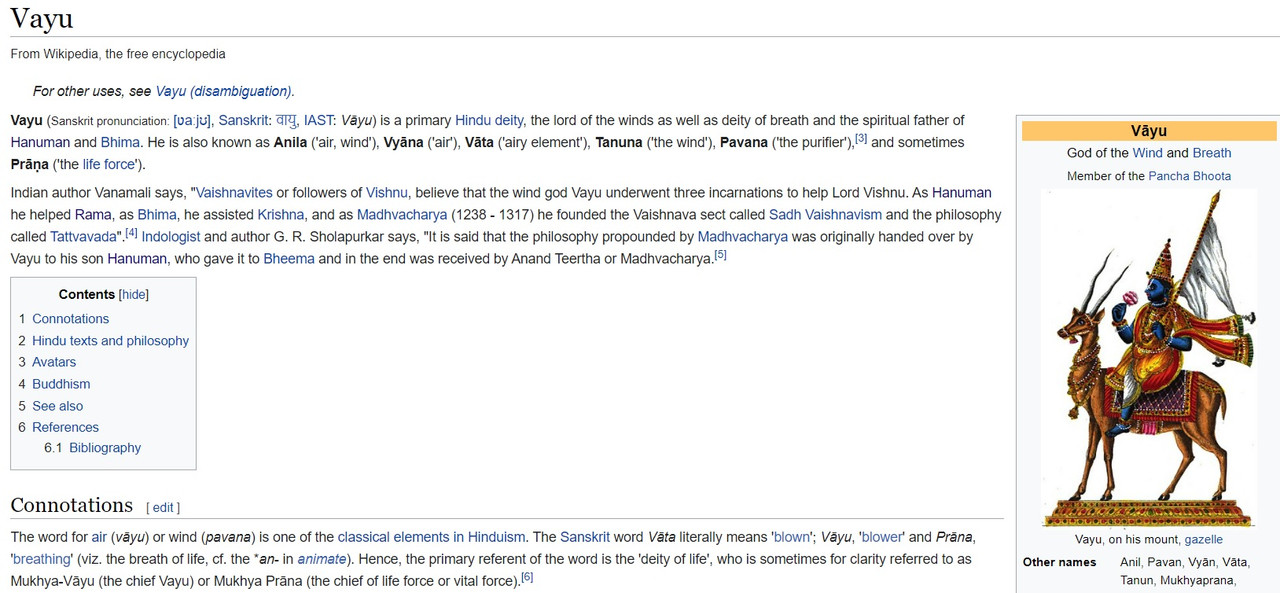
Source: Red Zambala: Hindu Icons and Symbols | Inner Circle IV
Hanumān (हनुमान्) is one of the heroes of the Rāmāyana and he’s the embodiment of wisdom (jñāna) and devotion to God (bhakti) as well as courage and fortitude (bālā). When enshrined alone he is usually shown holding up the mountain or brandishing his favourite weapon the club or Gadā. The club represents Cosmic Order (Ṛta) as well as Karma.

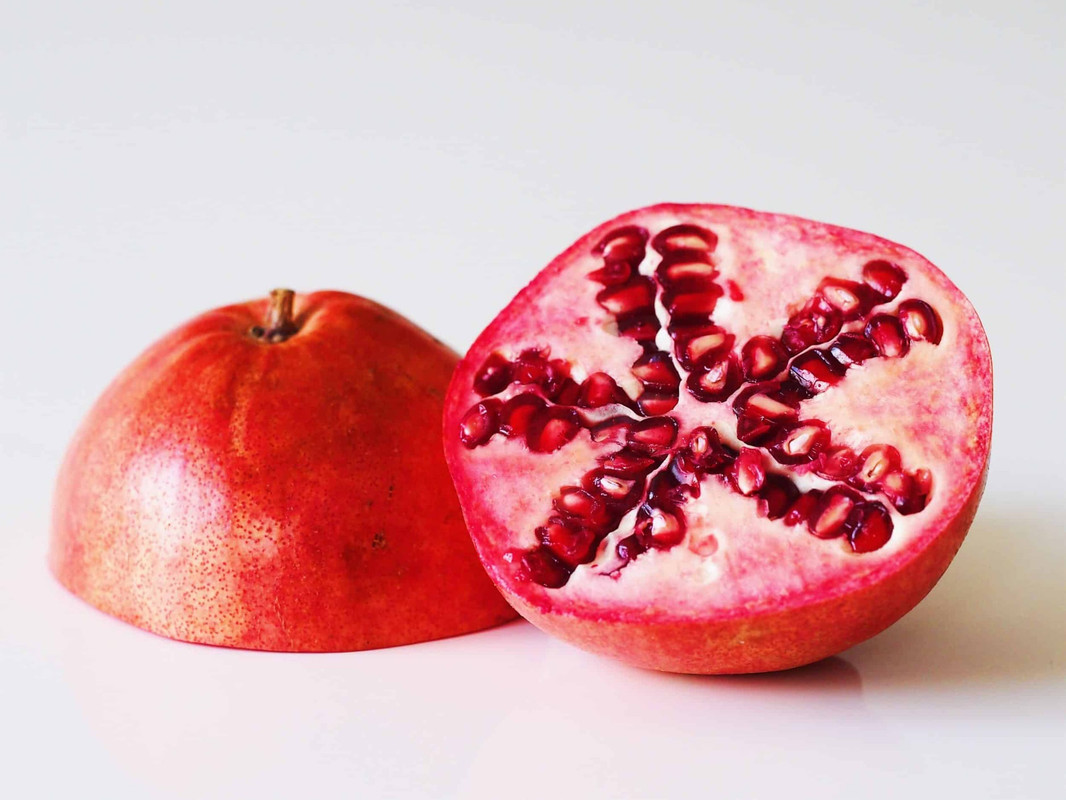
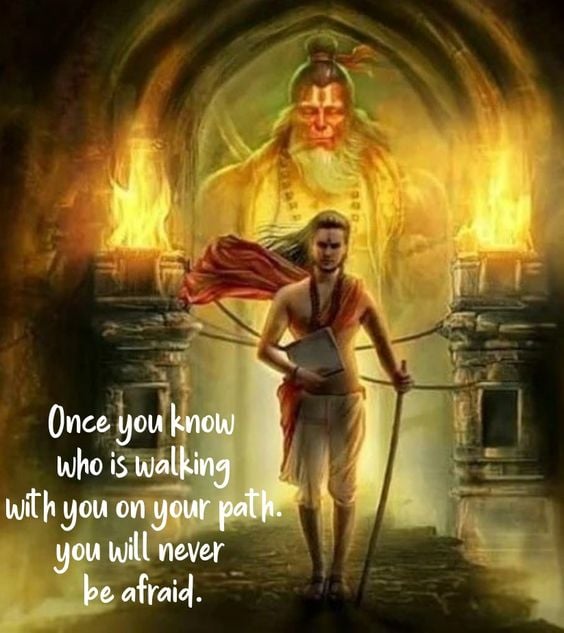
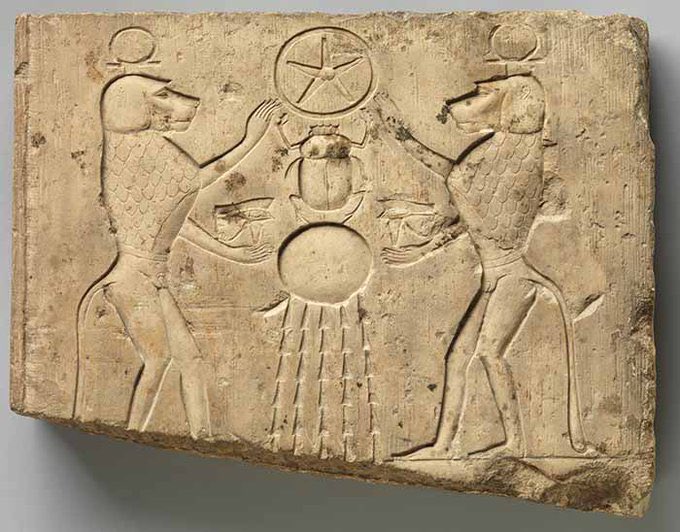
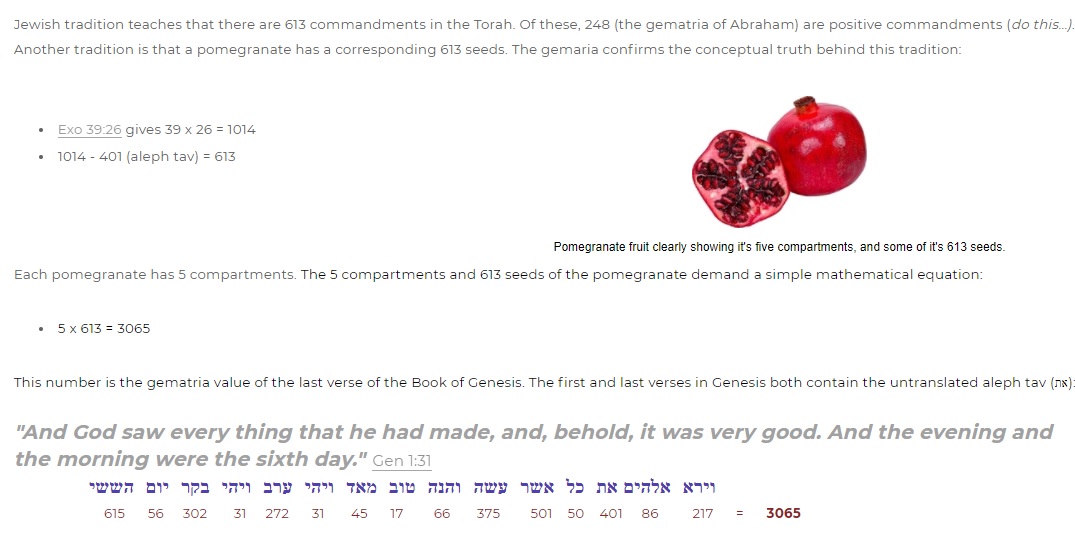
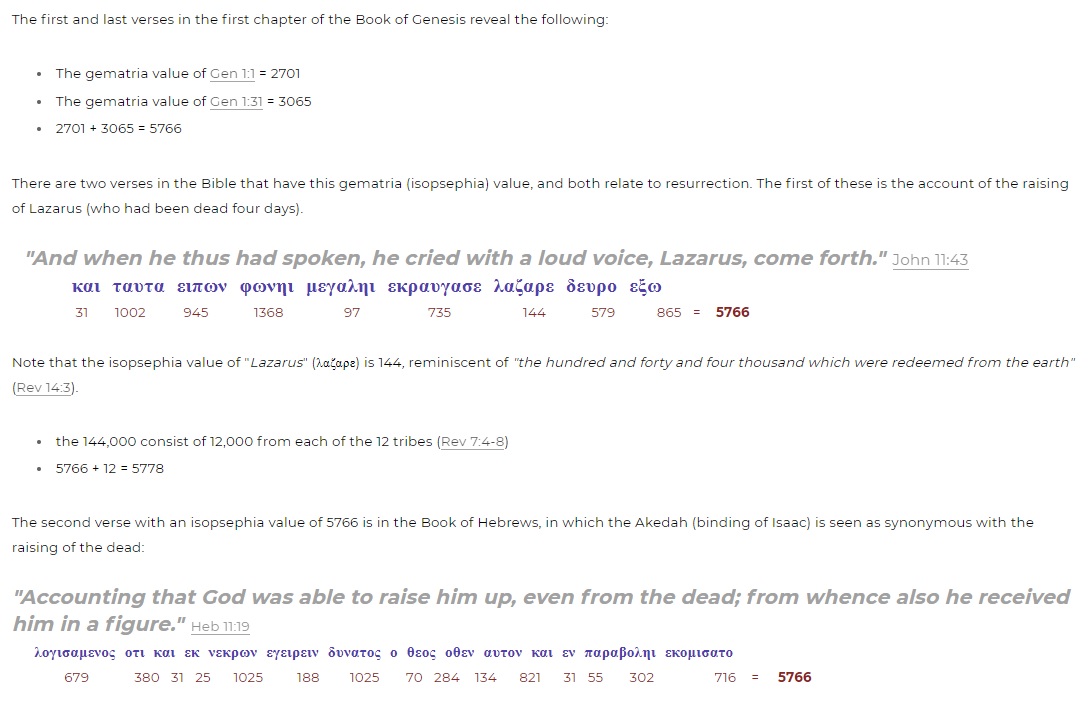
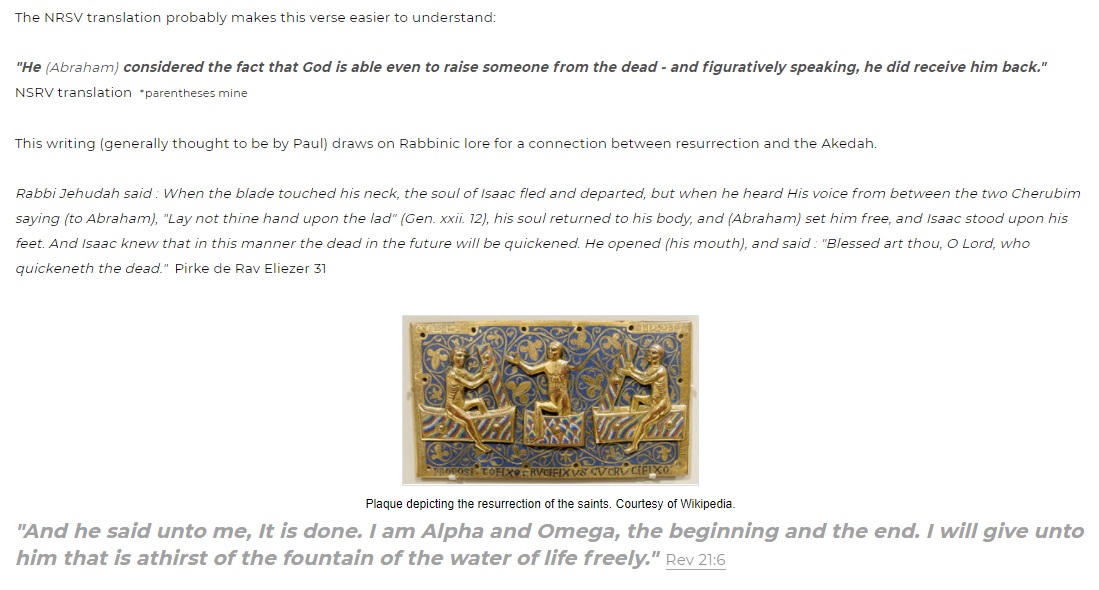

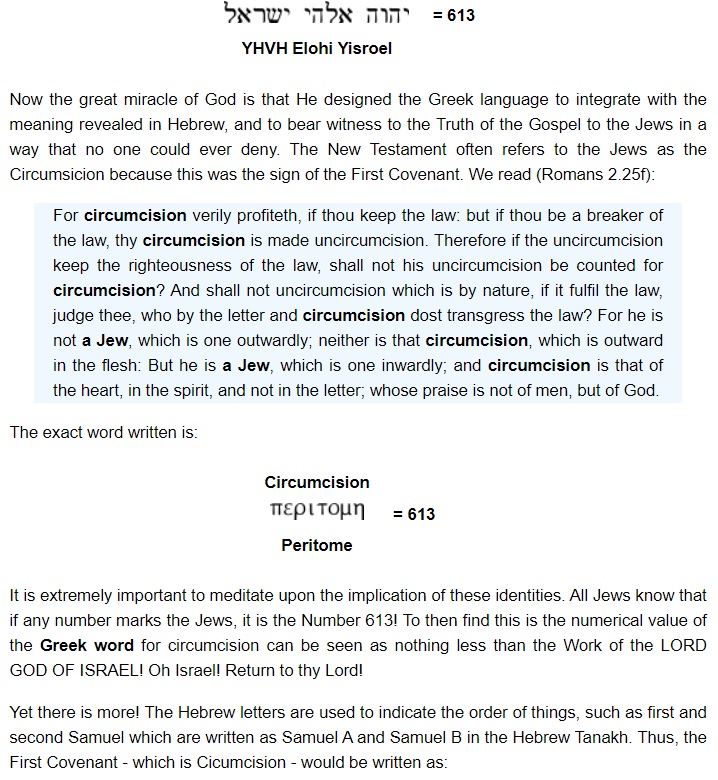


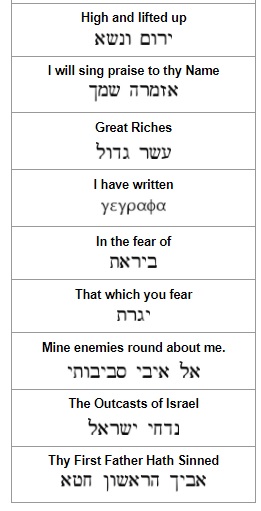

No comments:
Post a Comment
Note: Only a member of this blog may post a comment.